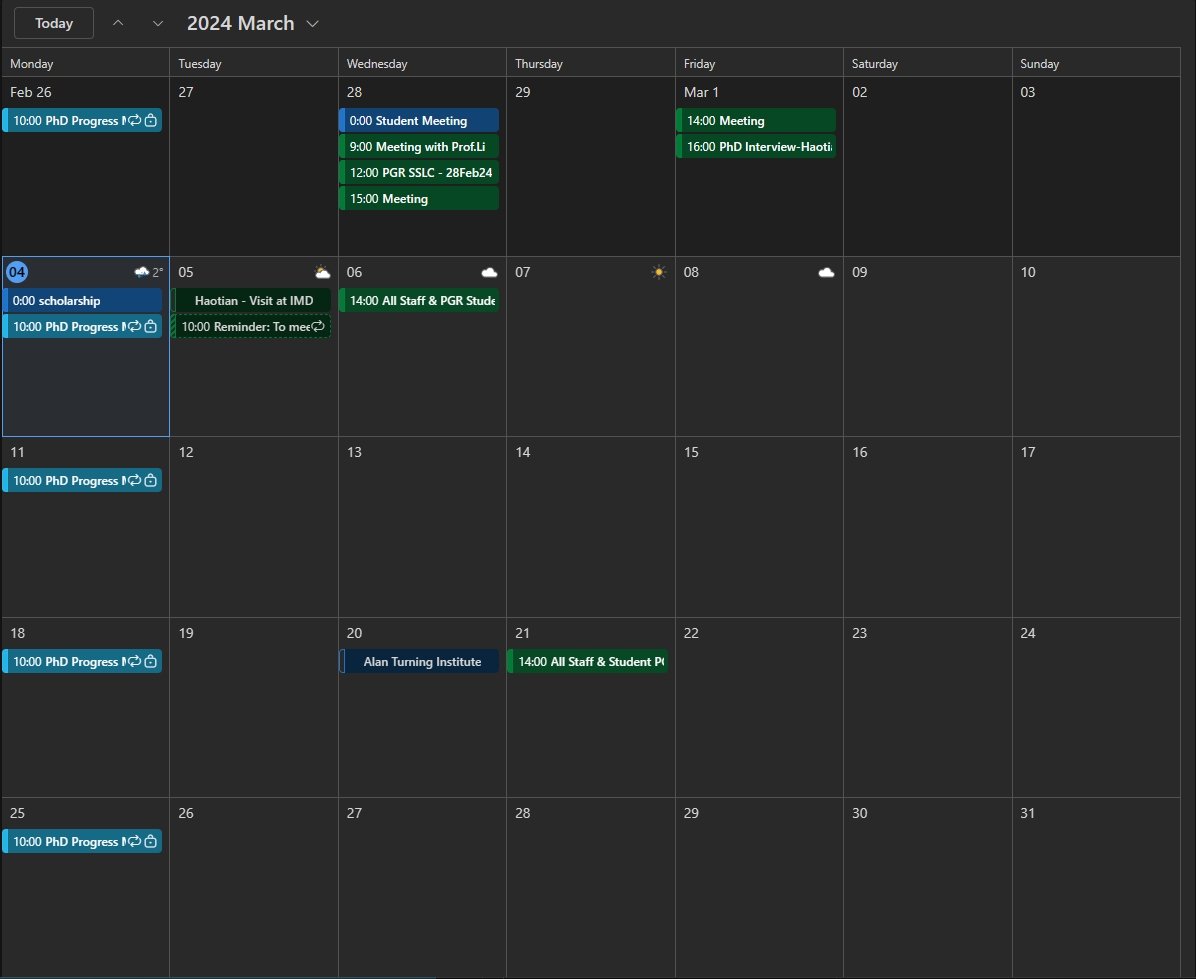DMEEA-WP1MS1.3-24W10
Key Achievements of this Week:(Working hours:40)
| Task | Time Investment | Status |
|---|---|---|
| Registration and Visa | 35/40 | 87.5% |
| Carbon Calculation Trainiing | 3/40 | 7.5% |
| Paper 2 Finailization | 2/40 | 5% |
Research Progress
The paper describes the development and optimization of Proton Exchange Membrane Water Electrolysis (PEMWE) through a novel approach of data augmentation using Generative Adversarial Networks (GANs) and Gaussian blur techniques. This research addresses the challenge of limited dataset sizes in laboratory settings by deconstructing the water electrolyzer into components and representing them in a binary data matrix, which includes over one thousand datasets and nearly forty thousand data points. Machine learning algorithms are employed to predict membrane electrode assembly performance, with the random forest algorithm achieving a high prediction accuracy reflected by a regression accuracy (R^2) of 0.83 at 1.8V potential. This approach aims to reduce the power-specific cost and increase the efficiency, reliability, and durability of PEMWEs, moving beyond the traditional reliance on expert experience and trial-and-error experiments. The integration of artificial intelligence is highlighted as a potential means to better support the water electrolysis industry, especially in capturing the growing opportunities for the integration of renewable energy sources, storing fluctuating energy, and supporting efficient power system operations.
Team Contribution
I provided Dehan with carbon emissions data for the year 2010 from 182 Chinese cities, sourced from the National Bureau of Statistics, environmental protection departments, and public reports on energy consumption. The dataset detailed carbon emissions from four major sectors: industrial, transportation, residential, and commercial.
The rewritten research proposal (RP) includes a comprehensive description of the data sources, algorithm flowcharts, research objectives, and methodology. Moreover, we established bi-weekly meetings conducted via Teams to discuss research progress, data analysis results, and next steps. During these meetings, Dehan presents his work progress, including data visualizations, model training outcomes, and preliminary findings, while I provide expert feedback, guiding data interpretation and methodological adjustments.
This Weeks’ Schedule (80 hours allocated)
- Last Week’s Schedule
- Review and Finalize Paper 2(component level);
- Incorporate Findings from Recent Work to Paper 3(system level);
- Organize the formulas and data sources appearing in the fourth article;
- This Week’s Plan
- Review and Finalize Paper 2(component level) for Submission;
- Model Construction to Paper 3(system level);
- Research Proposal for a new project;
- This Month’s Outcome
- Upgration Materials;
- Viva Preparation


